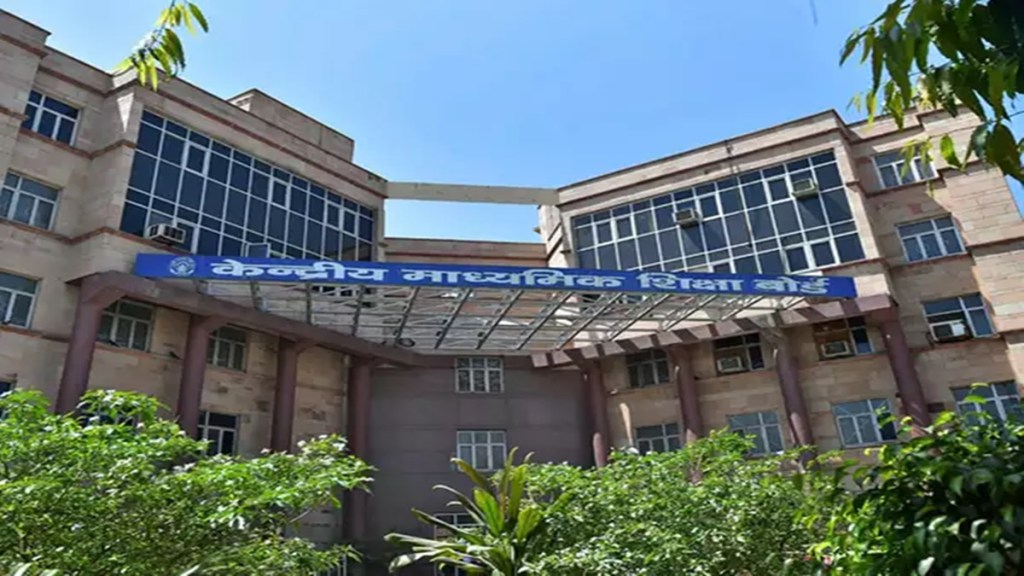After Mathematics, the Central Board of Secondary Education plans to offer the two-tier examination system for two more subjects at the high school level in line with the National Education Policy’s recommendations. Banasree Purkayastha looks at the pros and cons of the move
What is the CBSE proposal?
The Central Board of Secondary Education (CBSE), under the ministry of education, is working towards offering a two-level structure — standard and advanced — in Science and Social Science subjects for Classes 9 and 10, starting from the 2026-27 academic session. Currently, there is a single curriculum level for the two subjects in each class. The aim is to enable students to make a choice as per their learning ability, interests and career aspirations. This approach focuses on tailoring the curriculum to cater to a wider range of student needs. While the advanced level would require more critical thinking and in-depth study of concepts, the standard level may focus on straightforward concepts. The advanced level could mean additional learning material and/ or additional learning hours. For the exams, it could mean different sets of question papers for the standard and advanced levels. Schools would also need adequate resources, trained teachers, and infrastructure to support two levels of teaching. A dual structure,though not without challenges, if adopted by boards across the country, could even help arrest the student dropout rate and push up pass percentages.
Much hinges on new NCERT textbooks, updated curriculum
While the proposal was taken during a recent meeting of the CBSE’s curriculum committee, the Board’s governing body is yet to give the final approval. The framework for this change, including whether students opting for the advanced level will use different study material or sit for a different exam, is yet to be finalised. The framework – on how the two levels will be implemented — will depend on the new textbooks that will be developed by the National Council of Educational Research and Training, aligned with the updated National Curriculum Framework.
Over 2.2 million students were registered for the Class 10 exams conducted by the CBSE in 2024. At the Class 10 level, examinations for which are conducted by the board, students have to appear for written tests in at least five subjects —Mathematics, Science, Social Studies, English and a second language.
In line with National Education Policy
The proposal is in line with the National Education Policy (NEP), 2020, which states that “all subjects and corresponding assessments, beginning with Mathematics, could be offered at two levels, with students doing some of their subjects at the standard level and some at a higher level”. This suggestion is part of the education policy’s push to reduce pressure on students and dependency on coaching institutes. The NEP, 2020, also recommended that curriculum content will be reduced in each subject to its core essentials, making space for critical thinking and more holistic, inquiry-based, discovery-based, discussion-based, and analysis-based learning. Boards may also develop more viable models of exams such as annual/ semester/ modular, offering all subjects beginning with Mathematics, at two levels; two parts exams or objective type and descriptive type, it said.
Two versions in Mathematics
The board already offers Mathematics at two levels in Class 10. While the syllabus for Mathematics (Standard) and Mathematics (Basic) is the same, the question papers and the difficulty level of the questions in the board exam differ, with basic the easier version. Mathematics (Standard) is designed for students intending to pursue science, techno-logy, engineering, mathematics (STEM) courses in later stages.Per CBSE data, 15,88,041 students registered for the standard level as against 6,79,560 students for the basic level in 2023-24. Earlier this year, the Board clarified that students who had taken Mathematics (Basic) in Class 10 would be allowed to study Mathematics in Class 11 and would not have to settle for Applied Mathematics, seen as a watered down version of Mathematics (Standard). That removed the apprehension that a decision to take an easier version at a younger age would not bar students from pursuing an advanced version in the higher secondary level.
Will it promote hierarchy in education norms?
A big concern is that it may exacerbate existing disparities between the haves and the have-nots— students from privileged backgrounds, with access to quality resources and coaching, are more likely to opt for the advanced level. This would undermine not just the NEP’s objectives of equity and inclusivity, but also end up encouraging the coaching industry it aims to dismantle. Already, students from rural schools and even government schools lag behind their urban and more privileged counterparts. Though 86.8% of children in the 14-18 age group are enrolled in schools, 42% of children in rural India cannot read easy sentences in English, while more than half of them struggle with simple division problems, as per the 2024 Annual Status of Education Report. To be sure, it said more than 55% students of Classes 11-12 opt for humanities, followed by science and commerce, indicating that a rigorous, one-size-fits-all syllabus in Mathematics, Science or even Social Science is not for all.

